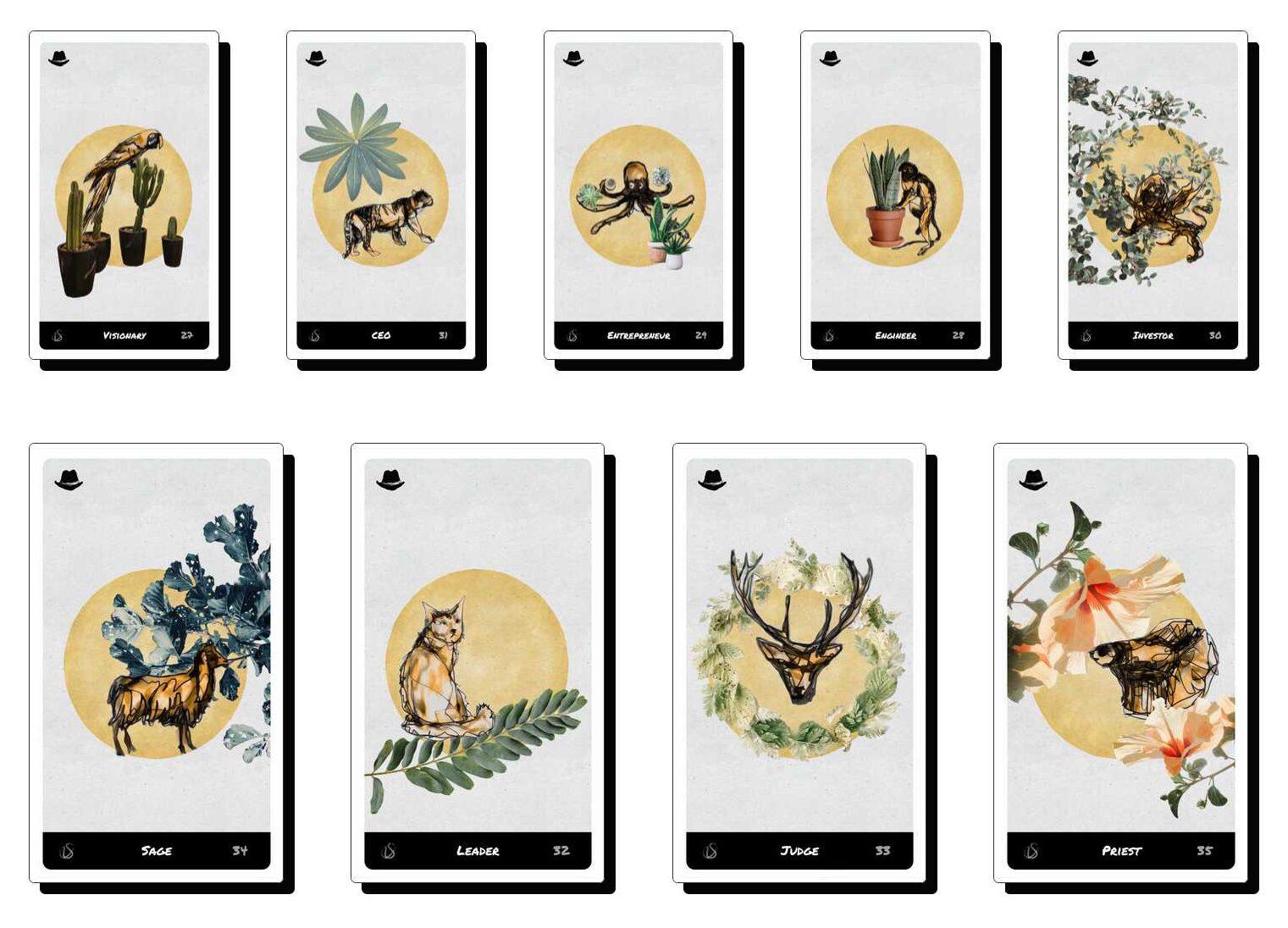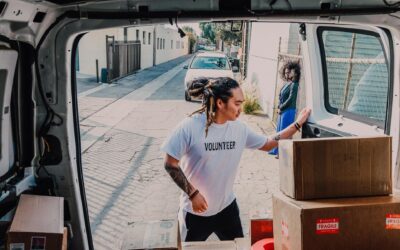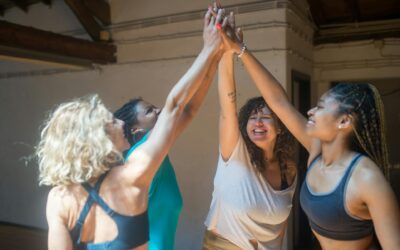Photo by cottonbro studio on Pexels.
← CHAPTER OVERVIEW
What’s your favourite archetype?
Dear Creatrix,
That was fun, wasn’t it?
Did you create a core message for yourself and what you are willing to fight for, or to invest some energy for?
In the last lesson, we used the Wheel of Colours to see how we can use our unique gifts, perspectives and abilities to contribute to our communities and how we can most effectively use them, together with other people using their unique gifts and perspectives, to create the best outcome for all.
And as we’ve seen, to work well with others, it helps to know what we are good at and not so good at, so we can do more of what we enjoy, better.
But apart from knowing ourselves well, it can also help to know and understand other people and where they are coming from.
Of course, you are always very much invited to send people to me to get their unique Wheel of Colours, so they can discover their strengths and gifts and know what they might still have to work on to contribute well to any community – but we also have some other tools available to help us with that.
And one of those, another favourite of mine, are archetypes.
We will be using those in this and the next lesson, as there are quite a few of them that are relevant here.
Today, we will be looking at the Occupational Archetypes and then on Friday at the Occasional Archetypes.
The Occupational Archetypes can tell us something about ourselves, the roles we like to take on, when working together with others, and they can help us narrow down on what we really like to be doing.
Having a look at the Occupational Archetypes can also be really helpful when starting a new project, to think about who can do what best.
There are 44 different archetypes in this category, and what I would like for you to do is to look at them all, read the short descriptions and then to think about when and where and how you have embodied which archetype in your life so far.
And when you are done, I have a second question, which will help you even more to narrow down on how you can most effectively contribute to any community you’d like to get involved in.
Directional Archetypes

The first archetypes we are looking at are the Directional Archetypes. You can see all 110 archetypes here if you like.
As this chapter is on communities and how we can build strong communities, I will limit these short descriptions to that aspect.
You’ll be able to find more complex descriptions on this website soon, or get them with the deck once my Archetypes Oracle Cards Deck becomes commercially available.
But now, let’s get started?
Visionary
Every Project, every community, needs one or more visionaries, who see(s) a problem and offer(s) a solution.
They might themselves be active in the community, but communities can also form without them, simply by picking up their ideas and working with them.
CEO
Depending on the size of the project or community, there can be one person or more people who are in charge, who coordinate everything that is going on and make sure that people are doing what they are supposed to be doing.
They know which subgroups exist, how they work together, and keep an overview of everything that is going on. This can be the same person or people as the visionary, but it could also be other people.
Entrepreneur
The role of the entrepreneur might be taken by the people who do outreach, who know how to sell the cause and talk to the press, who get new people involved, who look for sponsors and see how they can keep the whole thing going in practical ways to keep the cause moving forward and to create results.
In small groups or communities, these roles might not be further defined, but in larger they can be – we’ll see some of those more defined roles below.
Engineer
Depending on the cause or project, it can be super useful to have somebody on board who can do the technical thinking and work on singular, but necessary events or elements.
Maybe it will be to set up an event and have all of it live-streamed, or the project needs to set up their own printing press or wants to create a podcast and needs a podcasting studio or just a website – the engineer will help to get the technical equipment going to support the project.
Inventor
The inventor can work on singular problems that need a new solution or perspective.
It’s somebody with wonderful creative energies and ideas. The last media campaign didn’t work? The inventor will come up with a new idea. We need a slogan? Or a whole new practical approach?
The inventor will surely have some ideas.
Sage
And we also need the sage.
The person who’s read all the books, knows the historical contexts, and the other initiatives in similar fields that exist and have succeeded and failed.
Their wisdom, if valued and heard, will help to go do deep and create well thought through and lasting campaigns and change.
Leader
And then we also need people who can lead and be the head of the subgroups. Who is leading the Social Media team? Who coordinates the finances? Who is willing to take on responsibility for more than themselves?
In smaller communities and projects, this might not be necessary, but once there are work groups and different subsections, it can help to have someone who reports back to the other groups.
Of course, this can also be organized in shifts, but it doesn’t matter, if there’s a new leader or moderator for every meeting or if people lead for a longer period of time to recognize this archetype – and you know that there are some who do this effortlessly while there are others who find it harder. Everything is valid and needed.
Judge
Then there’s the judge, and as we know, this does not have to be a special person, we can also judge ourselves very well.
But when it comes to projects or communities, it helps if somebody takes on the job to see if what is being done is really effective and meets the goals that were set or not.
And of course, it also helps if there is a person who can settle conflicts between different people, interests or groups.
Priest
This is my favourite part. The ceremony.
Of course, a priest can also be there for support, to listen to people when they go through personal difficulties, have moral questions and so on.
But a priest can also help to bring the group together and really create that community feeling, by reminding people that we also need to meet with our souls, and bring in song and love and prayer and the supernatural to make any project work.
Spiritual Archetypes

Which leads us to the Spiritual Archetypes.
I, personally, have not yet used these in community work, but I hope I will do so in the future.
And I work with the first five all the time in my daily life.
They don’t …













